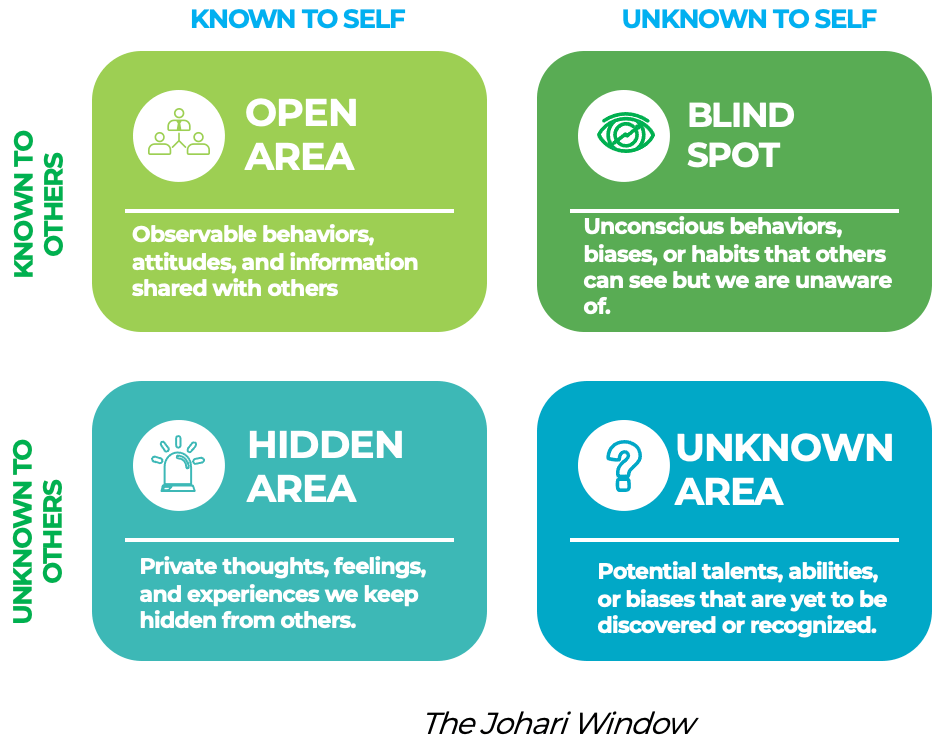As an experienced professional, I have seen many conflicts arise in the workplace. Some conflicts are small and easily resolved, while others can escalate into major issues that can have a significant impact on the workplace environment. Conflict management is an essential skill for any manager or employee, as it helps to create a positive work environment and improve productivity. In this article, I will discuss the importance of conflict management in the workplace and provide strategies for implementing it effectively.
1. Understanding Conflict Management in the Workplaces
Conflict management is the process of identifying and resolving conflicts in the workplace. It involves finding a solution that satisfies all parties involved and prevents the conflict from escalating into a larger issue. Conflict management is essential because it helps to create a positive work environment, improve communication, and boost productivity. Conflict management is not about avoiding conflicts but rather dealing with them in a constructive manner.
2. The Impact of Conflicts in Management
Conflicts in management can have a significant impact on the workplace environment. They can lead to a decrease in productivity, a decline in employee morale, and an increase in employee turnover. Conflicts can also lead to communication breakdowns, which can make it difficult for employees to work together effectively. If conflicts are not resolved in a timely manner, they can escalate into larger issues that can have a significant impact on the organization as a whole.

3. Types of Conflicts in the Workplace
There are many types of conflicts that can arise in the workplace. Some common types of conflicts include personality conflicts, communication conflicts, and conflict over resources. Personality conflicts can arise when employees have different communication styles, work habits, or personal beliefs. Communication conflicts can arise when employees have different communication preferences or misunderstand each other. Conflict over resources can arise when employees compete for resources such as time, money, or equipment.
4. Conflict Resolution Strategies
There are several strategies for resolving conflicts in the workplace. One strategy is to encourage open communication between parties. This can involve having a neutral third party mediate the conversation or having the parties involved engage in active listening. Another strategy is to find a compromise that satisfies all parties involved. This can involve finding a solution that meets the needs of both parties or finding a solution that is partially satisfactory to each party. Finally, conflict resolution can involve finding a win-win solution that benefits both parties involved.

5. Implementing Conflict Management in the Workplace
Implementing conflict management in the workplace involves several steps. The first step is to create a culture of open communication where employees feel comfortable expressing their concerns. This can be achieved by encouraging employees to share their thoughts and ideas during team meetings or by having regular one-on-one meetings with employees. The second step is to provide conflict management training to employees. This can involve providing employees with conflict resolution strategies or providing them with the skills necessary to facilitate productive conversations. The third step is to create policies and procedures that address conflict management. This can involve creating a conflict resolution process or providing employees with a conflict management handbook.
6. Steps to Managing Conflict in the Workplace
Managing conflict in the workplace involves several steps. The first step is to identify the conflict and understand the parties involved. This can involve gathering information from all parties, including their perspectives and concerns. The second step is to create a safe environment for the parties involved to communicate openly. This can involve setting ground rules, such as active listening or avoiding personal attacks. The third step is to find a solution that satisfies all parties involved. This can involve finding a compromise or a win-win solution that benefits both parties.

7. Common Mistakes in Conflict Management
There are several common mistakes that can occur in conflict management. One common mistake is to avoid conflict altogether. This can lead to a breakdown in communication and can make it difficult to address issues that arise. Another common mistake is to escalate the conflict by becoming defensive or attacking the other party. This can lead to a breakdown in communication and can make it difficult to find a solution that satisfies all parties involved. Finally, a common mistake is to focus on the problem rather than the solution. This can lead to a prolonged conflict that is difficult to resolve.
8. Benefits of Effective Conflict Management
Effective conflict management can have many benefits in the workplace. It can lead to a positive work environment, improved communication, and increased productivity. Effective conflict management can also improve employee morale and reduce employee turnover. It can lead to better problem-solving skills and more creative solutions. Finally, effective conflict management can improve the overall culture of the workplace and create a more positive image of the organization.

9. The Johari Window
The Johari Window is valuable for understanding interpersonal conflicts and improving team self-awareness, communication, and trust. Developed by psychologists Joseph Luft and Harrington Ingham in the 1950s.
The Johari Window consists of four quadrants representing different aspects of our personalities and how others perceive them.

10. Training for Conflict Management in the Workplace
Training for conflict management in the workplace can be beneficial for employees at all levels. It can provide them with the skills necessary to facilitate productive conversations, resolve conflicts, and create a positive work environment. Training can involve providing employees with conflict resolution strategies, providing them with the skills necessary to facilitate productive conversations, or providing them with the knowledge necessary to create policies and procedures that address conflict management.
Conclusion: The Importance of Conflict Management in the Workplace
Conflict management is an essential skill for any manager or employee. It helps to create a positive work environment, improve communication, and boost productivity. By understanding the impact of conflicts in management, identifying the different types of conflicts that can arise in the workplace, and implementing conflict resolution strategies, employees can manage conflicts effectively and create a more positive workplace environment. Training for conflict management can provide employees with the skills and knowledge necessary to facilitate productive conversations and resolve conflicts in a constructive manner. By implementing effective conflict management strategies, organizations can create a more positive culture and improve their overall image.





